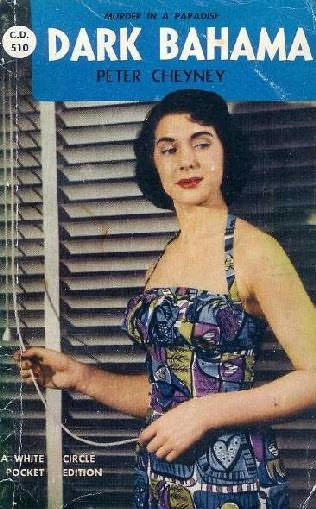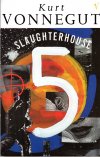 Given that the local school district has removed this book from its school library and curriculum and seeing as I’ve defended the school board’s right to do so and have taken issue with use of the word “ban” to describe the school board’s actions (see this and here). Since I already owned the book, it seemed a topical time to read it. And…. meh.
Given that the local school district has removed this book from its school library and curriculum and seeing as I’ve defended the school board’s right to do so and have taken issue with use of the word “ban” to describe the school board’s actions (see this and here). Since I already owned the book, it seemed a topical time to read it. And…. meh.
It’s a novel about a writer writing about his experiences in Dresden during the firebombing in World War II. That’s the frame story: a writer has produced this book and has dealt with his compatriot who was also there. Then, there’s the text of the novel, where a survivor of Dresden has come unstuck in time and goes back and forth between the past and the present and who was kidnapped by aliens and kept in a zoo for a number of years on their planet, where he copulated with a porn actress. This novel-inside-the-novel was a successful optometrist until he started expressing his belief in the extraterrestrials, who can see things in the fourth dimension and to whom all moments are equally present or some such, through newspaper letters to the editor and appearances on late-night radio. So maybe he’s going crazy instead of it being a science fiction book. Also, the writer of the novel inserts himself into the novel by pointing himself out when the narrator of the novel-inside-the-novel meets him.
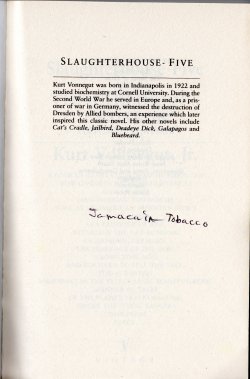 So I can see why this was popular on campuses: it’s a messed up novel that has the play-within-the-play thing going on, an anti-war message at the time of an unpopular war, and enough oblique things open to interpretation to make smooth sledding for students or tenure-track scholars who need to publish. That’s not to say it’s unentertaining and a lightweight read. It is. But I’m unsold on its presence on any list of serious literature. No doubt I did not enjoy it as its previous owner, Mr. J. Tobacco.
So I can see why this was popular on campuses: it’s a messed up novel that has the play-within-the-play thing going on, an anti-war message at the time of an unpopular war, and enough oblique things open to interpretation to make smooth sledding for students or tenure-track scholars who need to publish. That’s not to say it’s unentertaining and a lightweight read. It is. But I’m unsold on its presence on any list of serious literature. No doubt I did not enjoy it as its previous owner, Mr. J. Tobacco.



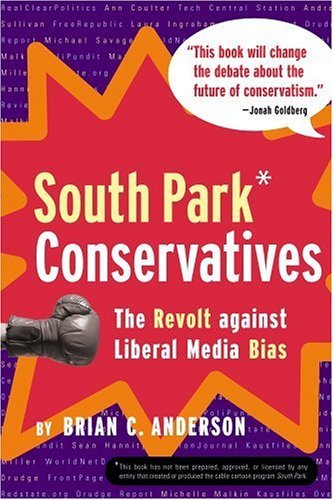 I got this book relatively recently and dived into it as I thought it would be a quick, episodic read. Well, it was quicker than I thought; of the book’s 190 page heft, only 165 of it are the book itself; the rest are footnotes, index, and whatnot.
I got this book relatively recently and dived into it as I thought it would be a quick, episodic read. Well, it was quicker than I thought; of the book’s 190 page heft, only 165 of it are the book itself; the rest are footnotes, index, and whatnot.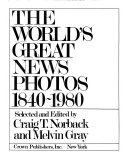 This book collects a number of news photographs from the century and a half in question. Some were Pulitzer Prize winners, but there are quite a few that I don’t recognize, and more importantly, there are quite a few that I would recognize that are not included herein. So maybe it’s really the best news photos of the period to which the producers of a coffeetable book could get cheap reproduction rights.
This book collects a number of news photographs from the century and a half in question. Some were Pulitzer Prize winners, but there are quite a few that I don’t recognize, and more importantly, there are quite a few that I would recognize that are not included herein. So maybe it’s really the best news photos of the period to which the producers of a coffeetable book could get cheap reproduction rights.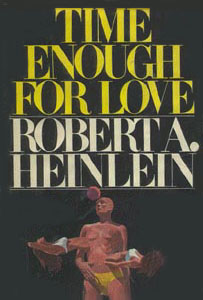 Given that the Heinlein quotes are making their ways around the Internet courtesy Instapundit (see
Given that the Heinlein quotes are making their ways around the Internet courtesy Instapundit (see  I said I was going to start reading comic books to make my quota this year. Almost. This is a book of maps and is a just a couple crayons short of being a coloring book.
I said I was going to start reading comic books to make my quota this year. Almost. This is a book of maps and is a just a couple crayons short of being a coloring book. Last spring, I lost a part from my rototiller, so I went down to the sporting goods store and bought a metal detector to find it. And since I live on the edge of the Old Wire Road / Trail of Tears, I thought I might become a relic hunter–that’s what the people who use metal detectors call themselves. Or treasure hunters if they look for pure metal. So I ordered this book to get an idea of how to use my metal detector.
Last spring, I lost a part from my rototiller, so I went down to the sporting goods store and bought a metal detector to find it. And since I live on the edge of the Old Wire Road / Trail of Tears, I thought I might become a relic hunter–that’s what the people who use metal detectors call themselves. Or treasure hunters if they look for pure metal. So I ordered this book to get an idea of how to use my metal detector.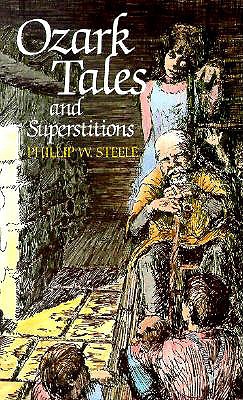 This book is a short collection of tales from Ozarks lore, broken into categories such as “Tales of the Supernatural”, “Indian Tales”, “Treasure Tales”, “Outlaw Stories”, and so on. None of them are well-researched or well-documented, but they do give one interesting stories to tell the children and ideas for little essays and historical bits if one wants to put in the time to conduct real research.
This book is a short collection of tales from Ozarks lore, broken into categories such as “Tales of the Supernatural”, “Indian Tales”, “Treasure Tales”, “Outlaw Stories”, and so on. None of them are well-researched or well-documented, but they do give one interesting stories to tell the children and ideas for little essays and historical bits if one wants to put in the time to conduct real research.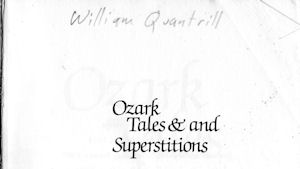
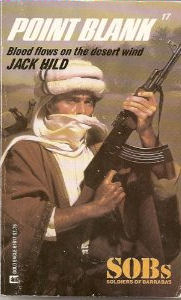 This is the next book after
This is the next book after  This is not the first Foxworthy book I’ve read; I read
This is not the first Foxworthy book I’ve read; I read 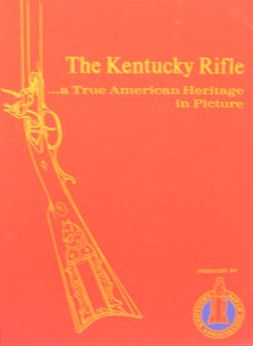 I inherited this book from my wife’s uncle, who was something of an expert on period firearms. This book collects images of the
I inherited this book from my wife’s uncle, who was something of an expert on period firearms. This book collects images of the 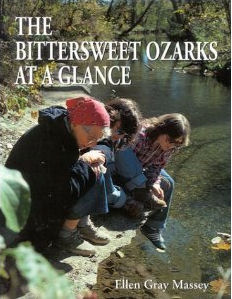 I borrowed this book at the library this weekend because I was running short of things to read around here. Actually, no, I have this tendency to stop by the local history section at the Republic Branch of the Springfield-Greene County library and check something out in spite of having enough to read. This particular volume is a collection of photographs taken as part of an Ozarks studies class at Lebanon High School from the 1970s to the early part of the 21st century.
I borrowed this book at the library this weekend because I was running short of things to read around here. Actually, no, I have this tendency to stop by the local history section at the Republic Branch of the Springfield-Greene County library and check something out in spite of having enough to read. This particular volume is a collection of photographs taken as part of an Ozarks studies class at Lebanon High School from the 1970s to the early part of the 21st century.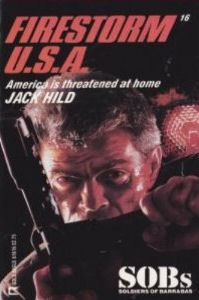 This book is the 16th in the series; I read the 5th of the series,
This book is the 16th in the series; I read the 5th of the series, 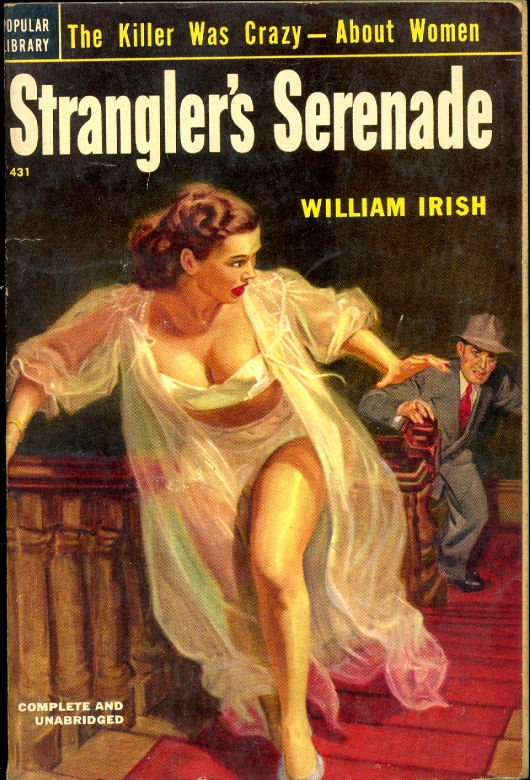 This is the third novel in the first of the Detective Book Club collections I’ve been working on recently, and it’s the one that has the most American flavor to it, although its setting is an island off the Massachusetts coast that does not have electricity, so everyone’s still lighting oil lamps.
This is the third novel in the first of the Detective Book Club collections I’ve been working on recently, and it’s the one that has the most American flavor to it, although its setting is an island off the Massachusetts coast that does not have electricity, so everyone’s still lighting oil lamps.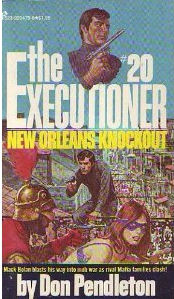 In this book, Mack Bolan goes to New Orleans to blow the mafia up there during Mardi Gras and finds that his two cohorts from
In this book, Mack Bolan goes to New Orleans to blow the mafia up there during Mardi Gras and finds that his two cohorts from 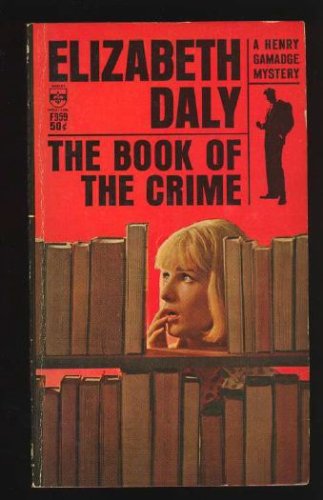 This book is one of the last in a series by Elizabeth Daly, whom Wikipedia claims Agatha Christie called her favorite American author or something. Like
This book is one of the last in a series by Elizabeth Daly, whom Wikipedia claims Agatha Christie called her favorite American author or something. Like 